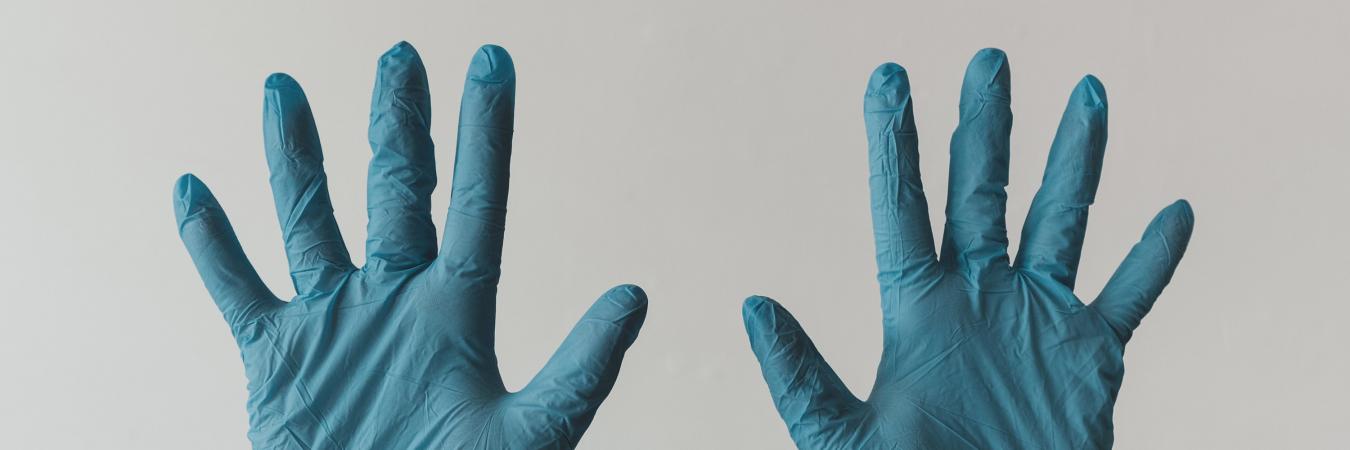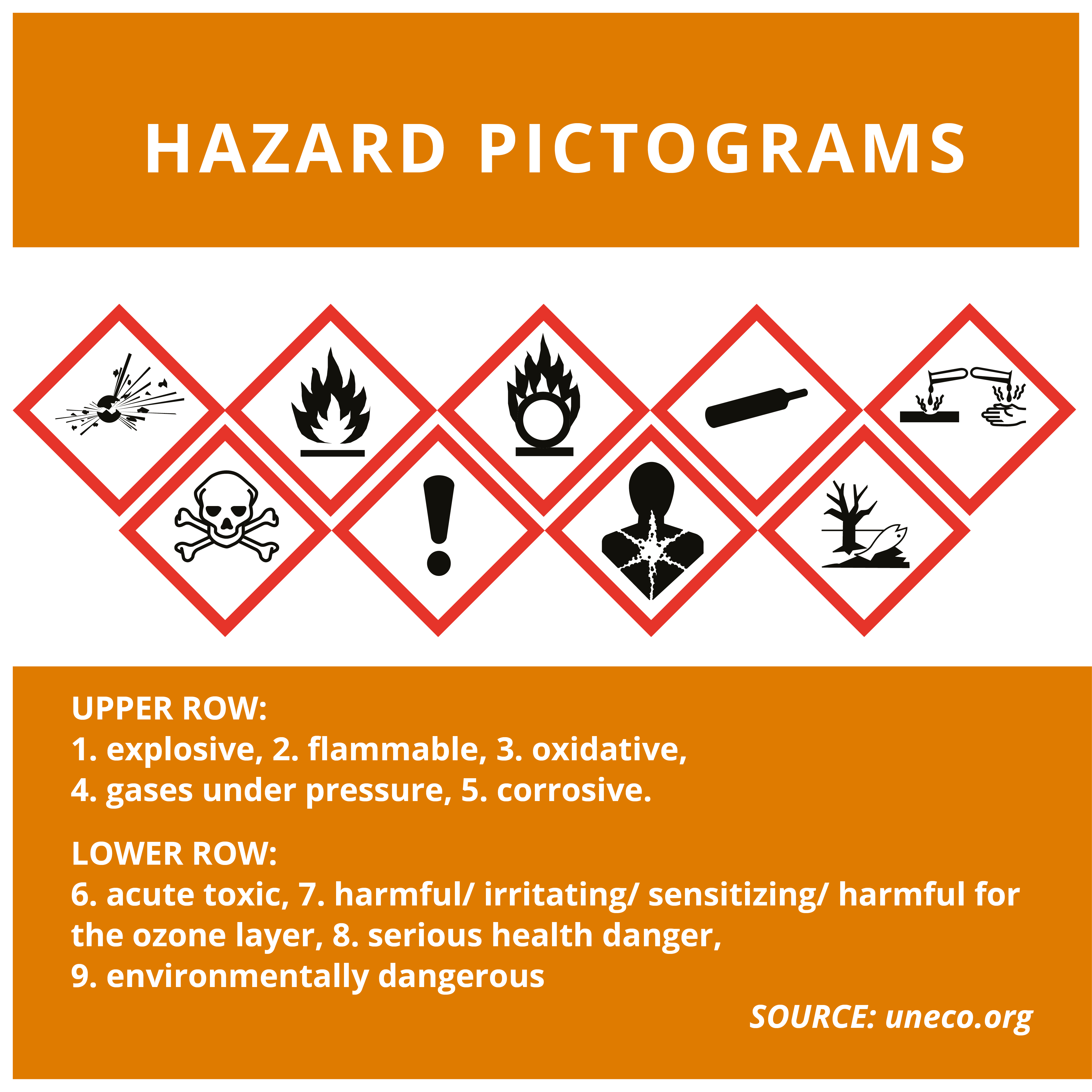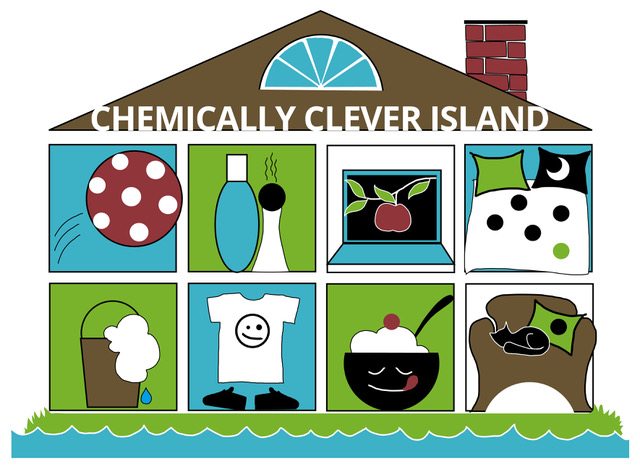Cleaning Cupboard findings

Four typical items in the cleaning cupboard – and the chemicals hiding in them.
Vinyl gloves
So practical for hands which do not want to be messy from cleaning or food preparation! But vinyl gloves consist to 50% of plastic and to 50% of endocrine disturbing plasticizer which is transmitted to the user (and in the kitchen: to the food!). Gloves could also create a false sense of safety so that they in the end contribute to a much less hygienic alternative than actually cleaning the hands often. Use as few gloves as possible. And when you have to: rather use gloves of good quality made of nitrile or polyethylene with as few additives as possible.
Vacuum cleaner
Unhealthy chemicals from building materials, home electronics, furniture, toys and everything else we use and wear and tear are gathered in the dust. Most ordinary vacuum cleaners emit the smallest particles through the dust blown. Choose a vacuum cleaner equipped with a particle filter. A HEPA 13-filter stops at least 99,75% of the tiniest particles. Another alternative is to swab with a damp mop and throw away the dust in the burnable waste.

Drain cleaners
“Ordinary” chemical drain cleaner is one of the most dangerous chemicals at home. It is often derived from a lye based basic solution. A small splash on skin, clothes or eyes could give serious and deep burns. AND even if the drain cleaner is aimed for properly and it ends up where it was intended, it is then rinsed down the drain and ends up in the treatment plants and our waterways. Please, test some traditional tricks instead - see Advice for a flying start!
A lot of bottles
It is easy to think that we need a new bottle for every cleaning task. At worst, we buy new bottles not even remembering what we already have at home. Acetone, stain removers, caustic soda: maybe it is time to look through the bottles and clear away what is not in use? Many of the hidden and forgotten ancient findings in the cleaning cupboard are considered hazardous waste. It is evident that all chemicals should be stored out of reach for children - and always in the original bottle in order to avoid dangerous mistakes.
